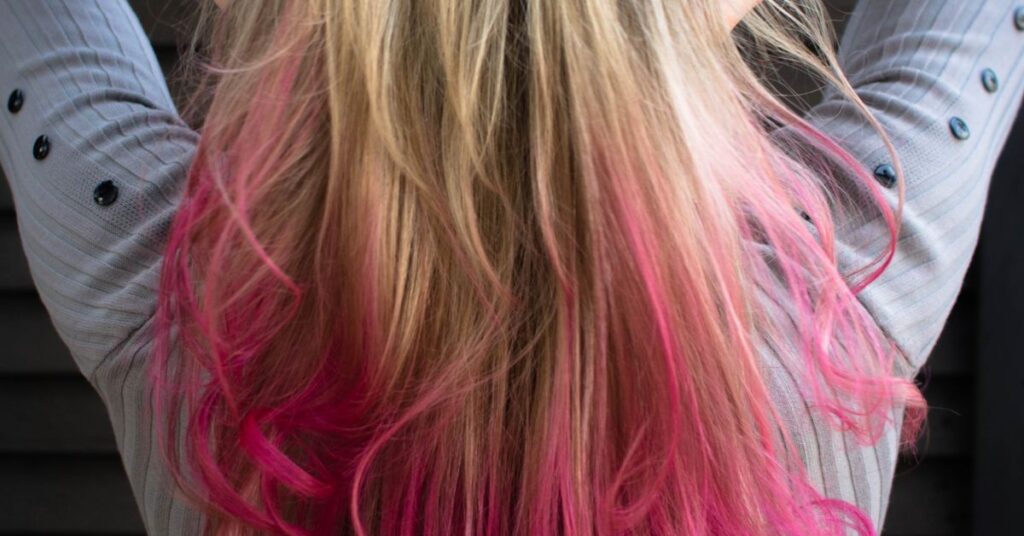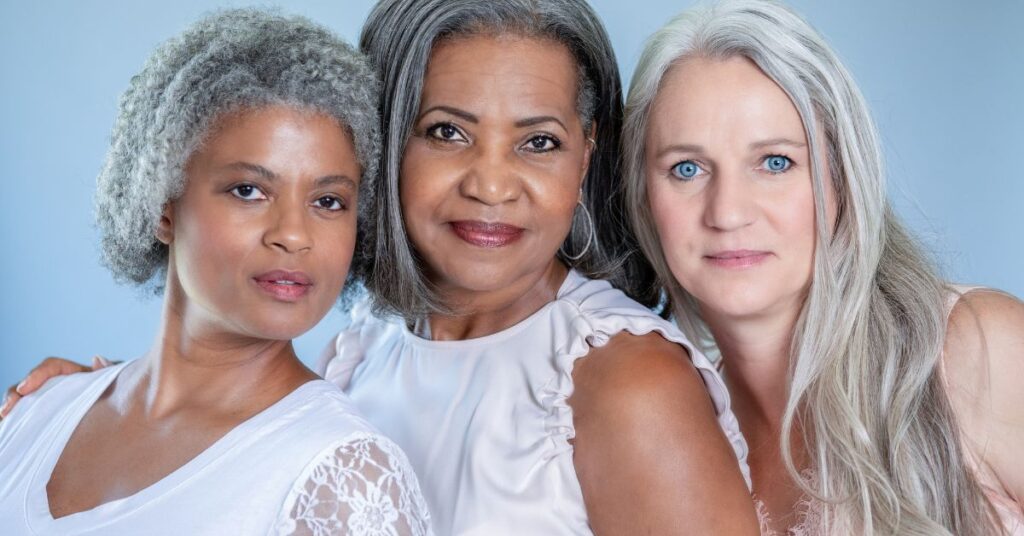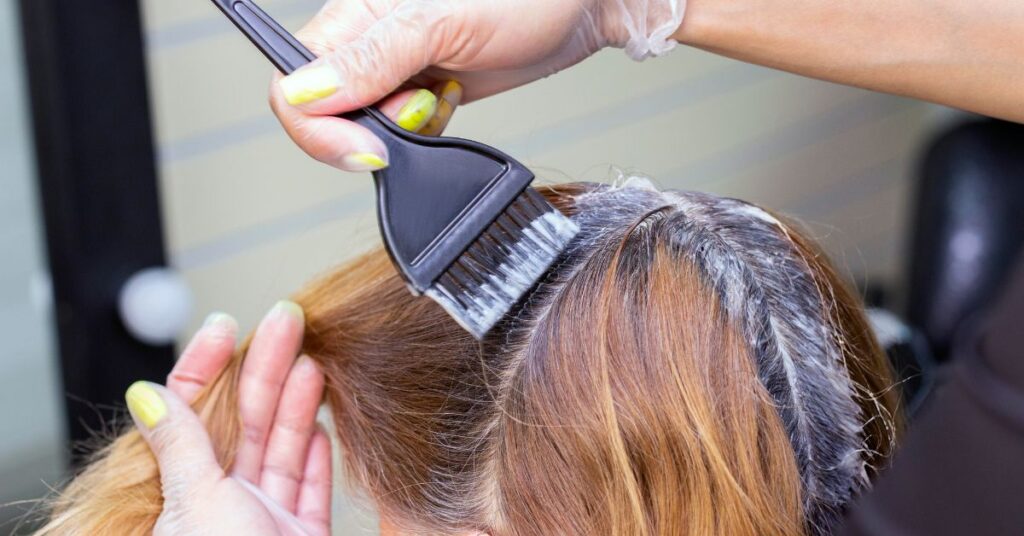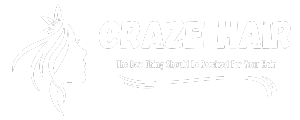
Introduce
Taking care of colored hair requires specific attention and diligence to maintain its vibrancy and health. From choosing the right color to post-color care, each step plays a crucial role in preserving your hair’s radiance. In this article, we’ll explore essential tips and techniques to help you achieve and sustain stunning colored hair. Whether you’re a seasoned color enthusiast or considering a change, these insights will guide you towards vibrant, long-lasting results.
Understanding Colored Hair: Basics and Maintenance
Colored hair demands specialized care to retain its brilliance and strength. Before diving into maintenance tips, it’s essential to understand the basics of colored hair and how it differs from natural hair.
Characteristics of Colored Hair:
Colored hair, whether achieved through permanent dyes, semi-permanent colors, or highlights, undergoes chemical processes that alter its structure. These processes can leave the hair more porous, prone to damage, and susceptible to color fading.
Common Challenges with Colored Hair:
Colored hair often faces challenges such as color fade, brassiness, dryness, and damage. Understanding these challenges is crucial for developing an effective maintenance routine.
Importance of pH Balance:
Maintaining the pH balance of your hair is vital for preserving color and overall hair health. Many color-safe products are formulated to maintain the hair’s natural pH level, preventing color from fading prematurely.
Difference in Maintenance Needs:
Colored hair requires different care compared to natural hair. From washing frequency to the type of products used, every aspect of your hair care routine should be tailored to support and protect your color.
Avoiding Harsh Ingredients:
Certain ingredients commonly found in hair care products, such as sulfates and parabens, can strip away color and cause damage. Opting for sulfate-free and color-safe formulas can help maintain the vibrancy of your colored hair.
The Role of Heat Styling and Sun Exposure:
Excessive heat styling and prolonged sun exposure can accelerate color fade and cause damage to colored hair. Using heat protectants and wearing protective styles or accessories can help minimize these effects.
Choosing the Right Hair Color and Products
Selecting the appropriate hair color and products is the foundation for achieving and maintaining vibrant colored hair. Here’s a detailed exploration of how to make the right choices:
Understanding Your Skin Tone and Undertones:
Before choosing a hair color, it’s crucial to understand your skin tone and undertones. Warm undertones pair well with golden and red hues, while cool undertones complement ashy and cool-toned colors. Consider consulting with a professional colorist for personalized advice.
Assessing Hair Health and Condition:
Evaluate the current health and condition of your hair before coloring. If your hair is already damaged or compromised, it may require additional care or treatments before coloring to minimize further damage.
Choosing the Right Hair Color:
Consider factors such as your natural hair color, desired outcome, and maintenance preferences when selecting a hair color. Temporary or semi-permanent colors are ideal for experimenting with different shades, while permanent colors provide longer-lasting results.
Selecting Color-Safe Hair Care Products:
Invest in quality hair care products specifically formulated for colored hair. Look for sulfate-free shampoos and conditioners designed to preserve color and prevent fading. Additionally, consider incorporating color-enhancing treatments and masks into your routine for added nourishment and vibrancy.
Testing Hair Color and Patch Testing:
Before committing to a new hair color, perform a strand test and patch test to assess how the color will react with your hair and skin. This step helps prevent allergic reactions and ensures that the chosen color achieves the desired result.
Consulting with a Professional Colorist:
Seek guidance from a professional colorist, especially if you’re unsure about which hair color suits you best or if you’re considering a drastic change. A skilled colorist can provide personalized recommendations and expert advice tailored to your hair type, preferences, and lifestyle.
Preparing Your Hair Before Coloring
Proper preparation of your hair before coloring is essential to ensure optimal results and minimize damage. Here’s a comprehensive guide to pre-color preparation:
Clarifying Your Hair:
Start by clarifying your hair to remove any buildup of product residue, oils, or impurities. Use a clarifying shampoo to thoroughly cleanse the hair and scalp, allowing the hair color to penetrate evenly.
Deep Conditioning Treatment:
Prior to coloring, indulge in a deep conditioning treatment to nourish and strengthen your hair. This helps improve the hair’s overall health and resilience, reducing the risk of damage during the coloring process.
Trimming Split Ends:
Trimming split ends before coloring prevents them from worsening and helps ensure a more even application of color. Schedule a trim with your hairstylist to remove any damaged or split ends, leaving your hair in optimal condition for coloring.
Avoiding Excessive Heat Styling:
In the days leading up to your color appointment, minimize heat styling to prevent further damage to your hair. Excessive heat can weaken the hair’s structure and make it more susceptible to damage from the coloring process.
Performing a Strand Test:
Conduct a strand test to preview how the chosen hair color will appear on your hair. This step allows you to assess the color result and make any adjustments before applying it to your entire head.
Protecting the Scalp:
Apply a protective barrier, such as petroleum jelly or a specialized scalp protector, along the hairline and on sensitive areas of the scalp to prevent staining from the hair color.
Timing Your Color Appointment:
Schedule your color appointment at a time when your hair is in its best condition, avoiding coloring immediately after chemical treatments or intense styling sessions. This ensures that your hair is strong and resilient enough to withstand the coloring process.

Proper Application Techniques for Coloring Hair
Applying hair color correctly is crucial for achieving desired results and maintaining hair health. Here’s a detailed look at the proper techniques for coloring hair:
Read and Follow Instructions:
Carefully read and follow the instructions provided with your chosen hair color product. Each product may have specific directions and application techniques that ensure optimal results.
Sectioning the Hair:
Divide your hair into small, manageable sections before applying color. This allows for even distribution of color and ensures that no areas are missed during the application process.
Using Protective Gloves:
Wear protective gloves to shield your hands from staining and irritation while applying hair color. Most hair color kits include gloves for this purpose.
Mixing Hair Color:
Follow the instructions provided to mix the hair color formula accurately. Thoroughly combine the colorant and developer until a smooth, uniform mixture is achieved.
Applying Color to Roots First:
Start by applying the hair color to the roots or regrowth area, as this is where color tends to fade the quickest. Use a brush or applicator bottle to precisely apply the color, ensuring thorough coverage of the roots.
Working Through the Lengths and Ends:
After applying color to the roots, work the color through the lengths and ends of your hair. Use a comb or your fingers to distribute the color evenly and saturate the hair strands.
Timing the Color Processing:
Follow the recommended processing time specified in the product instructions. Avoid leaving the color on for longer than instructed, as this can lead to over-processing and damage to the hair.
Rinsing and Conditioning:
Once the processing time is complete, rinse the hair thoroughly with lukewarm water until the water runs clear. Follow up with a color-safe conditioner to lock in moisture and enhance shine.
Post-Color Treatment:
Consider applying a post-color treatment or gloss to seal the hair cuticle and enhance the color’s vibrancy. This step adds an extra layer of protection and prolongs the life of your hair color.
Proper Disposal of Leftover Product:
Dispose of any leftover hair color and packaging according to the manufacturer’s instructions. Many hair color products contain chemicals that require special disposal methods to minimize environmental impact.
Post-Color Care: Hydration and Protection
After coloring your hair, it’s crucial to provide it with the care it needs to maintain its vibrancy and health. Here’s a detailed guide to post-color care:
Using Color-Safe Shampoo and Conditioner:
Switch to a color-safe shampoo and conditioner specifically formulated to preserve hair color and prevent fading. These products are gentler on the hair and help maintain its vibrancy.
Washing with Cool Water:
Wash your hair with cool or lukewarm water instead of hot water, as hot water can strip away color and moisture from the hair. Cool water helps seal the hair cuticle and lock in the color.
Limiting Washing Frequency:
Avoid washing your hair too frequently, as excessive washing can cause color to fade more quickly. Aim to wash your hair no more than two to three times per week, or as needed based on your hair type and lifestyle.
Incorporating Hydrating Masks and Treatments:
Regularly treat your colored hair to hydrating masks and treatments to replenish moisture and nourish the hair. Look for products containing ingredients such as argan oil, shea butter, and keratin to restore hydration and vitality.
Protecting Hair from Heat Styling:
Minimize heat styling and use heat protectant products when styling your hair with hot tools. Excessive heat can cause color to fade and damage the hair, so it’s essential to use heat styling tools sparingly and with caution.
Shielding Hair from UV Rays:
Protect your hair from UV rays by wearing hats or using UV-protective hair products when spending time outdoors. UV exposure can cause color fade and damage, so it’s crucial to shield your hair from the sun’s harmful rays.
Avoiding Chlorine and Saltwater:
Limit exposure to chlorine and saltwater, as these can strip away color and moisture from the hair. Before swimming, wet your hair with clean water and apply a protective leave-in conditioner to minimize damage.
Schedule Regular Trims:
Maintain the health of your colored hair by scheduling regular trims every six to eight weeks. Trimming helps prevent split ends and breakage, keeping your hair looking healthy and vibrant.
Touching Up Roots as Needed:
Keep your hair color looking fresh by touching up roots as needed between salon visits. Use a root touch-up kit or consult with your hairstylist for professional advice on maintaining your color.
Professional Maintenance:
Schedule regular appointments with your hairstylist for professional maintenance, such as color touch-ups and treatments. A professional can assess the condition of your hair and provide tailored recommendations to keep it looking its best.

Conclusion
In conclusion, caring for colored hair is a combination of understanding its unique characteristics, making informed choices during the coloring process, and implementing a diligent post-color care routine. By following the tips and techniques outlined in this article, you can achieve vibrant, long-lasting color while maintaining the health and integrity of your hair. Remember to choose the right hair color and products, prepare your hair properly before coloring, apply color with care, and provide ongoing hydration and protection to preserve your color’s brilliance. With dedication and attention to detail, you can enjoy stunning colored hair that turns heads and boosts confidence.read more
FAQs: Tips for Taking Care of Colored Hair
1. How often should I wash my colored hair?
It’s best to limit washing colored hair to two to three times per week to prevent color fade. However, adjust the frequency based on your hair type and lifestyle.
2. Can I use regular shampoo and conditioner on colored hair?
While you can use regular shampoo and conditioner on colored hair, it’s advisable to switch to color-safe formulas. These products are gentler on the hair and help preserve color vibrancy.
3. How can I prevent my hair color from fading?
To prevent color fade, use color-safe hair care products, wash your hair with cool water, avoid excessive heat styling, and protect your hair from UV rays and chlorine.
4. Is it necessary to use a heat protectant on colored hair?
Yes, using a heat protectant is essential for protecting colored hair from heat styling tools. Heat protectants create a barrier between the hair and heat, minimizing damage and color fade.
5. Can I color my hair at home, or should I visit a salon?
While coloring hair at home is an option, visiting a salon ensures professional results and personalized advice. Consider consulting with a professional colorist, especially for complex coloring techniques or drastic changes.
6. How often should I touch up my roots?
The frequency of root touch-ups depends on how quickly your hair grows and the contrast between your natural hair color and the colored sections. Generally, touch up roots every four to six weeks or as needed.
7. Will using a clarifying shampoo strip away my hair color?
Using a clarifying shampoo occasionally is beneficial for removing product buildup, but frequent use may strip away hair color. Reserve clarifying shampoos for occasional use and opt for sulfate-free, color-safe formulas for regular washing.
8. Can I swim with colored hair?
Yes, you can swim with colored hair, but take precautions to minimize damage. Wet your hair with clean water before swimming, apply a protective leave-in conditioner, and wear a swim cap or rinse hair immediately after swimming to remove chlorine or saltwater.
9. How can I maintain the health of my colored hair between salon visits?
Maintain the health of your colored hair by using hydrating masks and treatments, limiting heat styling, protecting hair from UV rays, scheduling regular trims, and avoiding harsh chemicals and ingredients in hair care products.
10. What should I do if my hair color turns out differently than expected?
If your hair color doesn’t meet your expectations, consult with a professional colorist for corrective measures. They can adjust the color or recommend treatments to achieve the desired result without compromising hair health.

